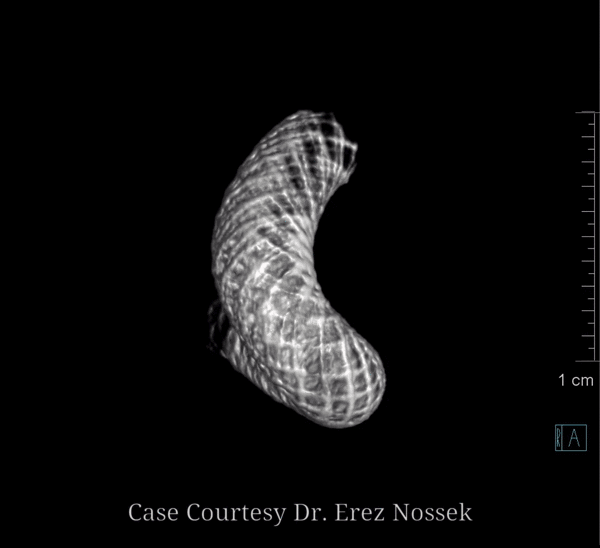
This section is intended as a comprehensive guide for use of both Pipeline Flex and Pipeline Classic Embolization Devices in treatment of brain aneurysms, covering various aspects of device selection and deployment. Best results are always achieved through thorough knowledge of the tool with which one is entrusted, combined with a healthy and honest respect for the intrinsic limitations of the device and the operator. This page constitutes the most comprehensive guide for use of a neurointerventional device in history of the field. It is dedicated to my mentors, Dr. Peter Kim Nelson and Dr. Tibor Becske, to whom all credit for this work rightly belongs, and to all our Pipeline patients, without whose trust none of this would be possible.
1. Pipeline Embolization Device Properties — this section consists of an in-depth analysis of the Pipeline implant, including metal coverage and porosity variation depending on various factors such as size of device and recipient vessel, device properties along curvatures, additive coverage when using multiple devices, and other important topics. It is essential for a user to understand the properties of tools which he or she is using; this understanding profoundly affects case planning and treatment strategy.
2. Pipeline Flex Deployment Guide — covers various practical aspects of device deployment, both routine and not so routine
3. Pipeline Classic Deployment Guide — the classic continues to be in widespread use, throughout the world and in the US. In countries where both Flex an Classic are available, there remain very good reasons to use the Classic under particular circumstances, such as tortuous anatomy or very distal placement. This guide features many strategies for addressing the more technically challenging aspects of classic use.

